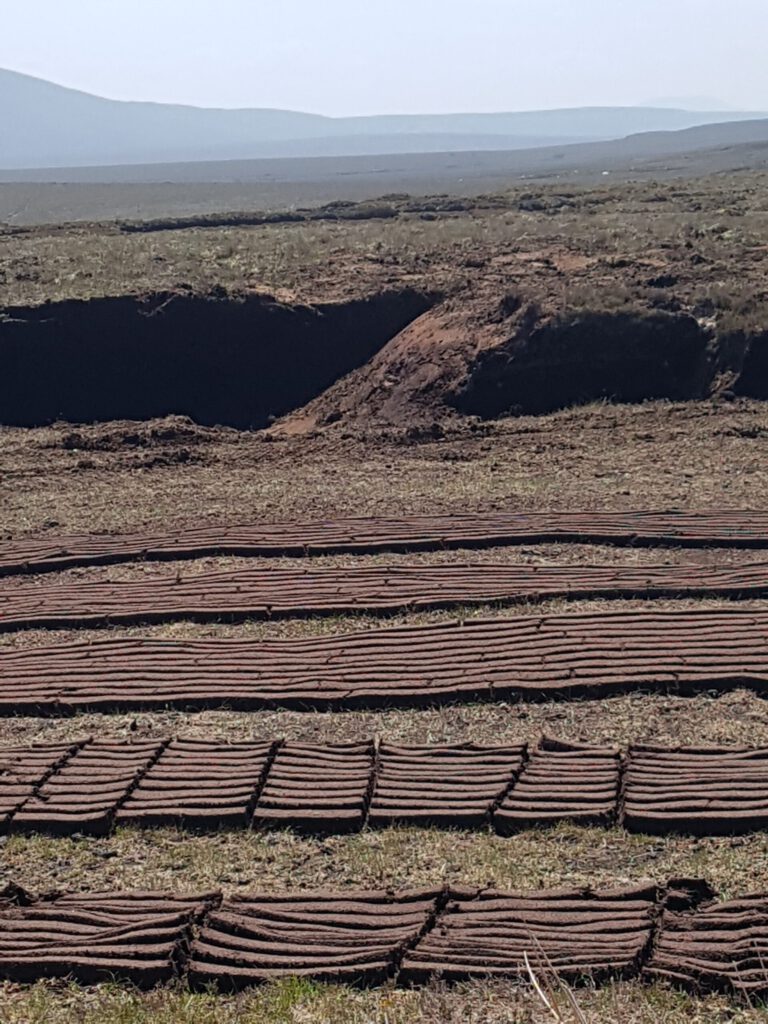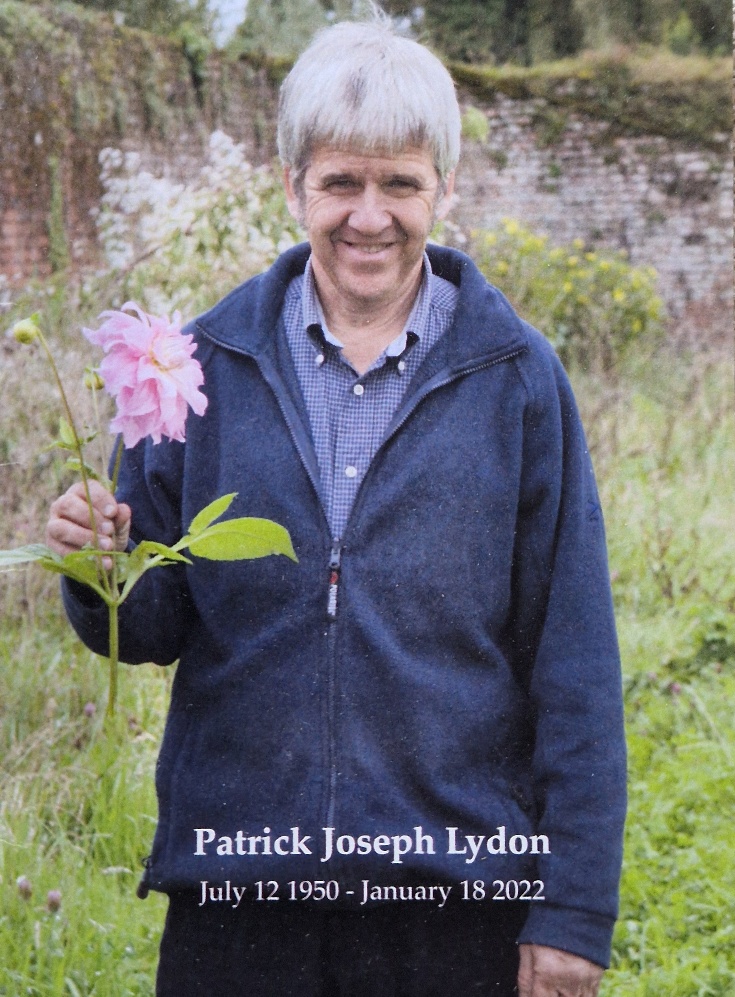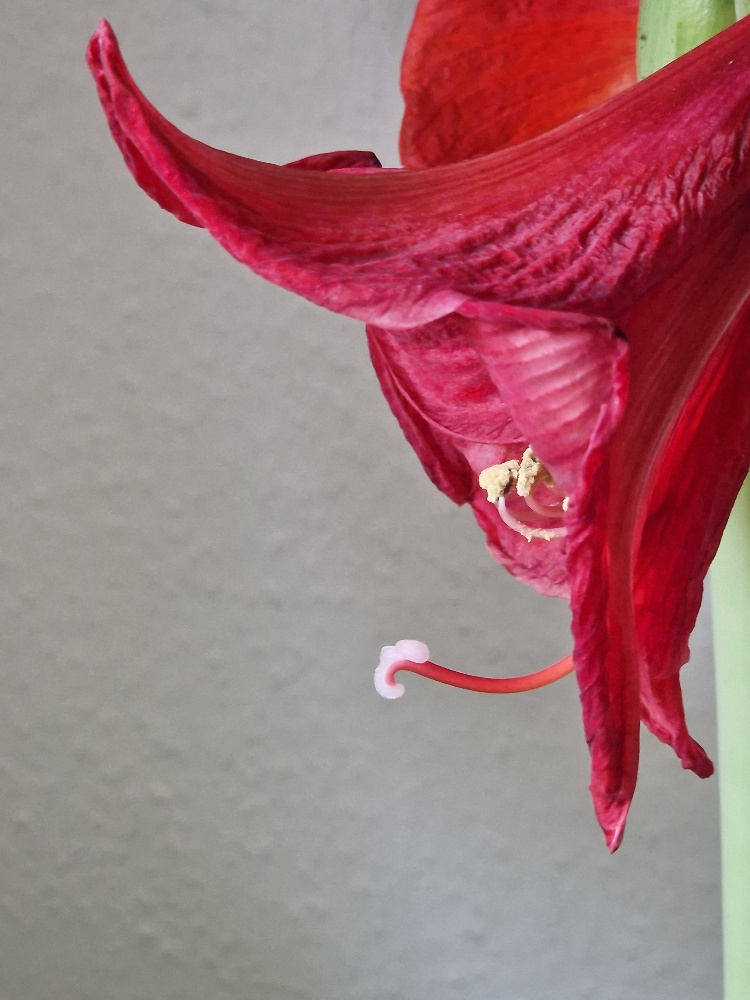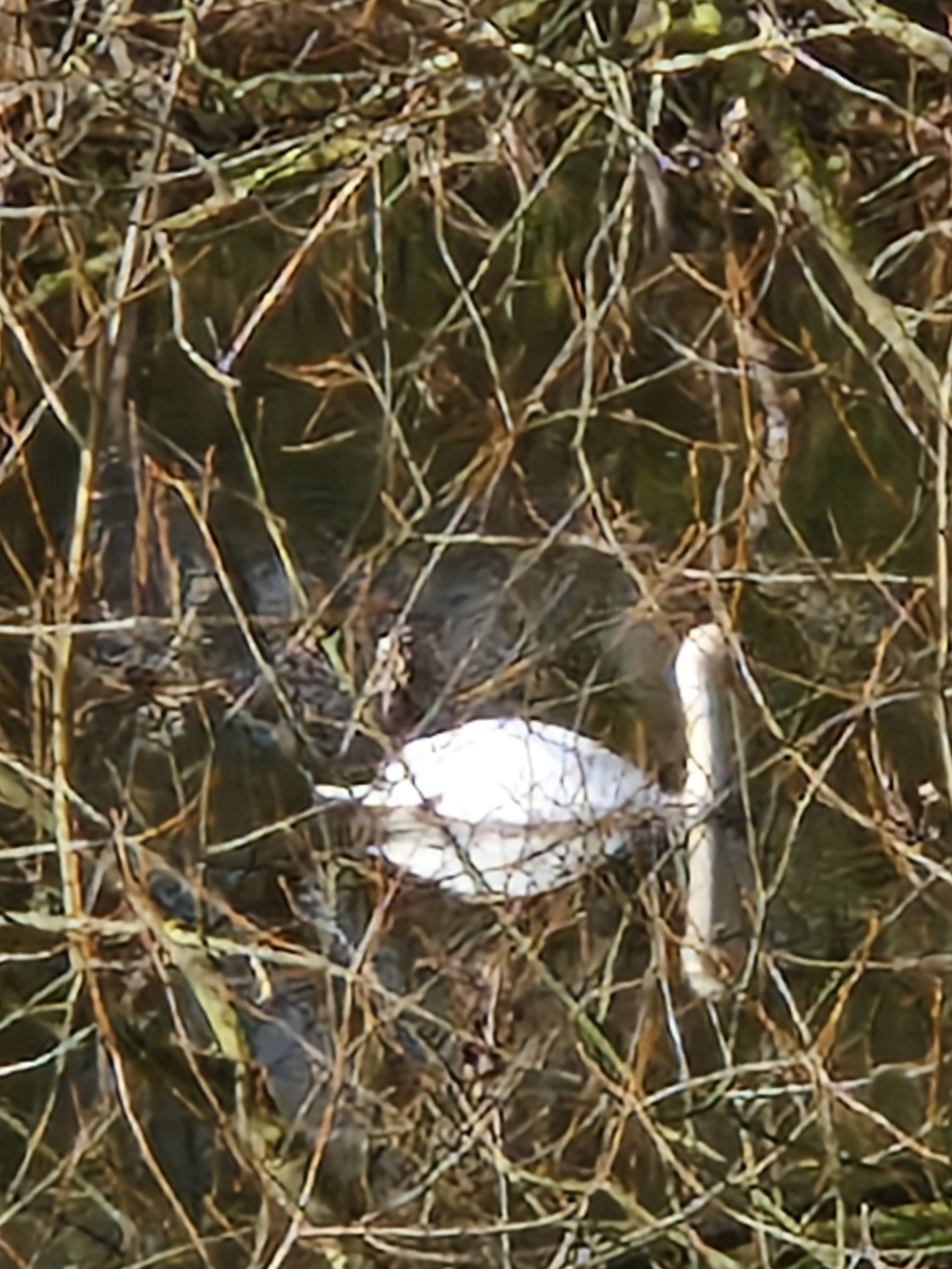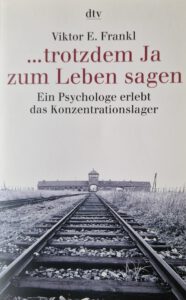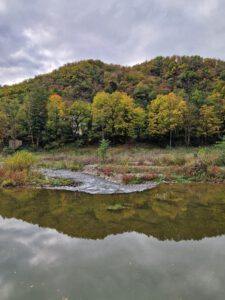If you have built castles in the air, your work need not be lost; that is where they should be. Now put the foundations under them.
Henry David Thoreau, `Walden or Life in the Woods´
I was set free because my greatest fear had been realized, and I still had a daughter who I adored, and I had an old typewriter and a big idea. And so rock bottom became a solid foundation on which I rebuilt my life.
J. K. Rowling
The next time there’s no ground to stand on, don’t consider it an obstacle. Consider it a remarkable stroke of luck. We have no ground to stand on, and at the same time it could soften us and inspire us. Finally, after all these years, we could truly grow up.
Pema Chödrön, `When Things Fall Apart´
One of the phobias which afflicted me as a very small child was the sensation of the ground giving way under my feet. It is curious that this memory has persisted while most of the first five years of my life remain beyond recall. This sense of trepidation which accompanied the ground giving way under foot has abided with me over all those years that stretch between early childhood and late middle age.
When my eyes are closed it is even possible to remember where such soft patches of ground existed. In the Ireland of my childhood there were summer days spent in bogland where, even if we were paying attention, solid ground could disappear from one step to the next, resulting in the prospect of being mired down in and even subsequently swallowed up by layers of soft, wet sphagnum mosses, framed by sturdy heathers and wispy bog cotton.
My phobia goes back even further, so it seems, as it appears to be co-located, time wise, with my learning to walk. There were several spots on the grounds of our holiday home in the Wild West of Ireland, where damp beds of mosses were so established that the perception of the ground giving way became etched on my neural network.
It was to such spots that older siblings would lure me and, once having taken a step too far, would relish in my terror with a combination of ridicule and humiliation. When these memories surfaced with a keen degree of clarity in later life, the most painful association of all was that there was no adult there to protect me from such childhood cruelty. There should have been, yet there wasn’t.
I seem to have gotten over the phobia in later childhood and am today a confident hill walker in all sorts of terrain. The old inner wound, however, has remained. It has beckoned me to give it the attention the absent adult should have provided, had she or he been there, fully present, in the original setting all those years ago.
It is not uncommon today for me to wake up from time to time with certain feelings which seem to have percolated up from the depths of my early childhood. While the stimulus does seem to come from contemporary issues such as fear of financial insecurity, loneliness, a personal conflict, or grief, that deeper wound which is activated belongs to an earlier era, such as the turf we have been harvesting from the blanket bog in Ireland since the dawn of time.
It is in such situations that the adult me now provides solace, consolation, comforting, and reassurance to the little boy within.
“While I cannot change what was,” says the adult, “I can promise that such situations will never recur from now on.” It is me, the adult Patrick, who now steps in to protect the Inner Child from such cruelty and humiliation and gently tends the wounds of old, that they may heal.
The mere acknowledgement of the pain on the part of the Inner Child is a major aspect of the healing process. Then, allowing whatever emotions are present, without judging, discounting, ignoring, or attempting to supress them, is a further prime contribution.
Regulation of the body is necessary and very beneficial during such encounters with the Inner Child. Conscious breathing is a highly effective technique in this respect. This regulation allows me, as the adult witness, to be with whatever emerges, and invariably leads to the experience of relief and release. The process is often the equivalent of an emotional thunder storm, leaving, in its wake, the skies clear and the air refreshed.
Zooming out from the remembered incidents themselves, further questions arise. What, for example, does the unstable ground represent? Here it is worthwhile surveying the circumstances of those first four or five years within my family of origin including the foetal phase before birth.
The stability of family life is based on presence, especially the presence of the adults, firstly toward each other and with their children, as they progress through those formative early years. That does sound simple, yet presence, as I have found out in my own life, is often in short supply, especially when it is most needed.
As it happened, the marriage of my parents was quickly overshadowed by a bereavement, the sudden death, in his mid-twenties, of my father’s beloved younger brother some six weeks after the wedding. Uncle Peter had been the best man. It appears to me that the grief of his sudden passing cast a shadow over our family, precisely because it was never given the time and space to organically proliferate, tarry as long as appropriate, and eventually dissipate.
We all probably have had experiences that were so painful, that our initial reaction was to wish them away, by whatever means available. Denial, delusion, and dissociation are three most common means of circumventing feelings we believe would annihilate us if we confronted them head on.
My parents had a lot going on at this time. Immediately after getting married, moving to a new city in a foreign jurisdiction, setting up a private dental practice and a new home and, within 24 months, looking after two new-born boys, the first two of a total of ten children, of which I am the fifth. Busyness can be another way of (not) dealing with a broken heart and feelings which appear to threaten our existence and our sanity.
Within less than a decade, three more children had been born, me being the youngest. Dad had had an accident which propelled our parents to give up the dental practice and move back to more secure tenured employment in the national health system of the Republic of Ireland. A period of turmoil, of reconfiguring the family dream, had now begun.
Unlike the preceding generations of both the maternal and paternal lines, money was in short supply, as was space and support in rearing the children. In this intense mix of overtaxed parents, the absence of the extended family, parentified children, and emotional dyslexia (inherited from the previous generations), I developed a belief system which is best captured by the mantra: “Don’t talk, don’t feel, don’t trust.”
The ground beneath my feet was never solid, always threatening to give way at the slightest disturbance or rupture of the passive-aggressive crust of lava which was intended to keep the volcano quiet. I learned that there was no one to turn to whenever a setback occurred, so it seemed wise to hide the associated emotions of such events from family members and eventually even from myself.
Daydreaming was indeed the first process addiction I can remember. It provided some solace and produced many castles in the air. Dreams of what could be, of what should be, and what would be achieved, if only….
This is why the quote by Walt Whitman speaks so clearly to my heart. He tells us not to discard the castles in the air but to establish, after the fact, a foundation that is rooted in reality. What a wonderful approach!
For many of us who lose their way having emerged from dysfunctional families, the opportunity arises when, after a period of active acting out in substance and/or process addiction, we finally get sick and tired of being sick and tired, and `hit bottom´.
While this is not an ideal way of finding solid ground beneath our feet (we usually land on our ass, in fact!), it does enable us to finally begin inserting a solid foundation into the skimpy structure of what our life had become.
Thankfully, this path has already been trodden by fellow travellers for the past ninety years, beginning with the Twelve Step fellowship of AA, and further developed by the many related fellowships using the same process of Twelve Step recovery from addiction. This Twelve Step approach is often summed up in the saying: `Trust God, clean house, help others´.
This process begins with admitting defeat, facing the reality of the challenges we face in our lives, and asking for help – a first step in the recovery of the trust that seemingly disappeared in childhood.
We then develop the capacity to deeply feel all our once numbed emotions, learn to handle them, and share what we find with those who wish to partake of our journey. This act of sharing represents a deeper purpose, i.e. the desire to shift from being `apart from’ to being `a part of´, and to help others progress on their respective paths, using what we have learned while transcending our own pain and suffering.
Over time – having stabilised the inner and outer structure of our lives, – we may gain the realisation that, paradoxically, `there is no ground to stand on’ as Pema Chödrön so beautifully puts it. We outgrow the illusion of human security, learning to surf the ever-changing waves, no matter what kind of weather unfolds.
In all our attempts to control and thus manage life, we had lost perspective. We had begun to believe that we could dictate the weather, if only we tried hard enough. Despite all the evidence to the contrary, we held on to this belief until we were crushed into submission.
With recovery and the first green shoots of Emotional Sobriety, we begin to accept that we can begin to learn to surf the waves, in the full acceptance of the weather that each day brings. We recognise that, while we are the builder of our life, we need to follow the plans laid down by the architect, however we understand that architect to be.
Some call it God, some Great Spirit, some simply the Universe. Whatever the moniker, the same principle applies: the builder does not arrive at work in the morning and begin to modify the plans, for whatever reason. The builder follows the plans as laid down by the architect. That is the direction we learn once we have quit trying to run the show and begin to learn to tune into our inner solid ground, our intuition.
We recognise, with compassion, that we had been trying to control everything all along. Now we shift from trying to control, to investing our energies instead into doing our best to navigate life, one day at a time, appreciating the vitality and joy of living in ebb and flow.

